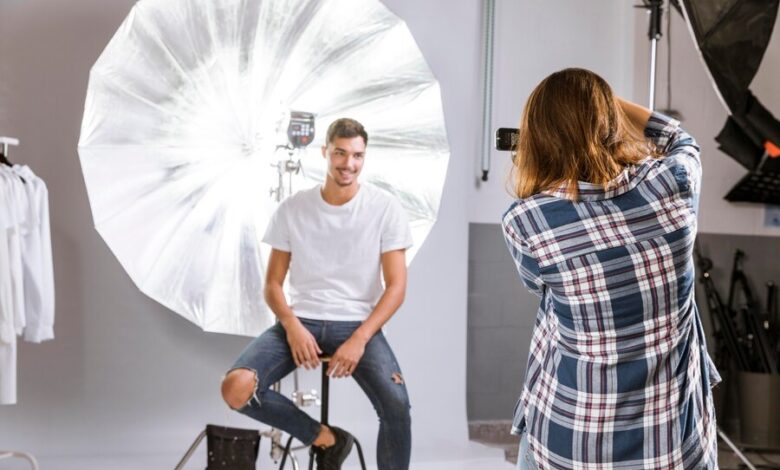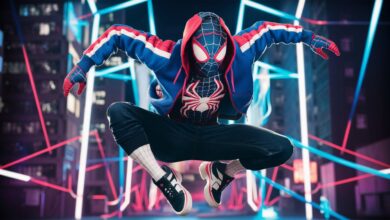
Introduction
Lighting is one of the most critical elements in photography, and its impact is particularly profound when it comes to backshots. Whether you’re a professional photographer, a social media influencer, or a creative content creator, mastering the art of lighting can elevate your backshots from ordinary to extraordinary. This guide will walk you through the importance of lighting, the best sources, tips for setup, examples, and editing techniques to enhance your photos.
The Importance of Lighting in Backshots
Good lighting is essential in photography because it affects the mood, tone, and overall quality of the image. For backshots, lighting can emphasize the subject’s outline, create dramatic shadows, and highlight textures. Poor lighting, on the other hand, can result in flat, unremarkable images that fail to capture the viewer’s attention.
Identifying the Best Lighting Sources for Backshots
Natural Lighting
- Golden Hour: The period shortly after sunrise and before sunset offers soft, warm light that is perfect for backshots.
- Overcast Days: Clouds act as natural diffusers, providing even lighting that minimizes harsh shadows.
Artificial Lighting
- Softbox Lights: These provide soft, diffuse light that is flattering for backshots.
- Ring Lights: Perfect for close-up backshots, ring lights offer even, shadow-free lighting.
- LED Panels: Adjustable and versatile, LED panels can be used to create various lighting effects.
Tips for Setting Up Your Own Lighting for Backshots
Reflectors
Reflectors bounce light back onto the subject, filling in shadows and adding depth. Position them opposite your light source to achieve the desired effect.
Diffusers
Diffusers soften harsh light, creating a more natural look. Use them in conjunction with strong light sources to avoid overexposure and harsh shadows.
Key and Fill Lights
- Key Light: Your main light source. Position it at an angle to your subject to create depth and dimension.
- Fill Light: A softer light used to fill in shadows created by the key light. Place it opposite the key light.
Back Lighting
Position a light behind your subject to create a halo effect, emphasizing the subject’s outline and adding a dramatic touch.
Examples of Backshots in Different Lighting Conditions
Example 1: Natural Golden Hour Lighting
!Golden Hour Backshot
Description: The warm, soft light enhances the subject’s silhouette, creating a dreamy, ethereal effect.

Example 2: Softbox Lighting in Studio
!Softbox Lighting Backshot
Description: Even, diffused light highlights the subject’s texture and details, perfect for professional portrait backshots.
Example 3: LED Panel with Diffuser
!LED Panel Lighting Backshot
Description: Adjustable LED panels with diffusers create a controlled lighting environment, ideal for creative, dramatic backshots.
Step-by-Step Guide on Editing Backshots to Enhance Lighting Effects
Step 1: Import Your Photo
Use software like Adobe Lightroom or Photoshop.
Step 2: Adjust Exposure
Increase or decrease exposure to ensure your subject is well-lit without losing details.
Step 3: Enhance Highlights and Shadows
Adjust the highlights to emphasize the light areas and shadows to add depth.
Step 4: Fine-Tune Contrast and Brightness
Increase contrast to make your subject pop and adjust brightness for overall balance.
Step 5: Color Correction
Use color correction tools to ensure natural-looking skin tones and vibrant colors.
Step 6: Apply Filters Sparingly
Use filters to enhance the mood but avoid overdoing it to maintain a natural look.
Step 7: Export and Share
Save your edited photo in high resolution and share it across your platforms.
Conclusion
Lighting can make or break your backshots. By understanding and utilizing the right lighting techniques, you can significantly enhance the quality of your photos. Don’t be afraid to experiment with different lighting setups and editing techniques to find what works best for you. Happy shooting!
Ready to take your photography skills to the next level? Join our community of creative content creators and get exclusive tips, tutorials, and more! Join Now



